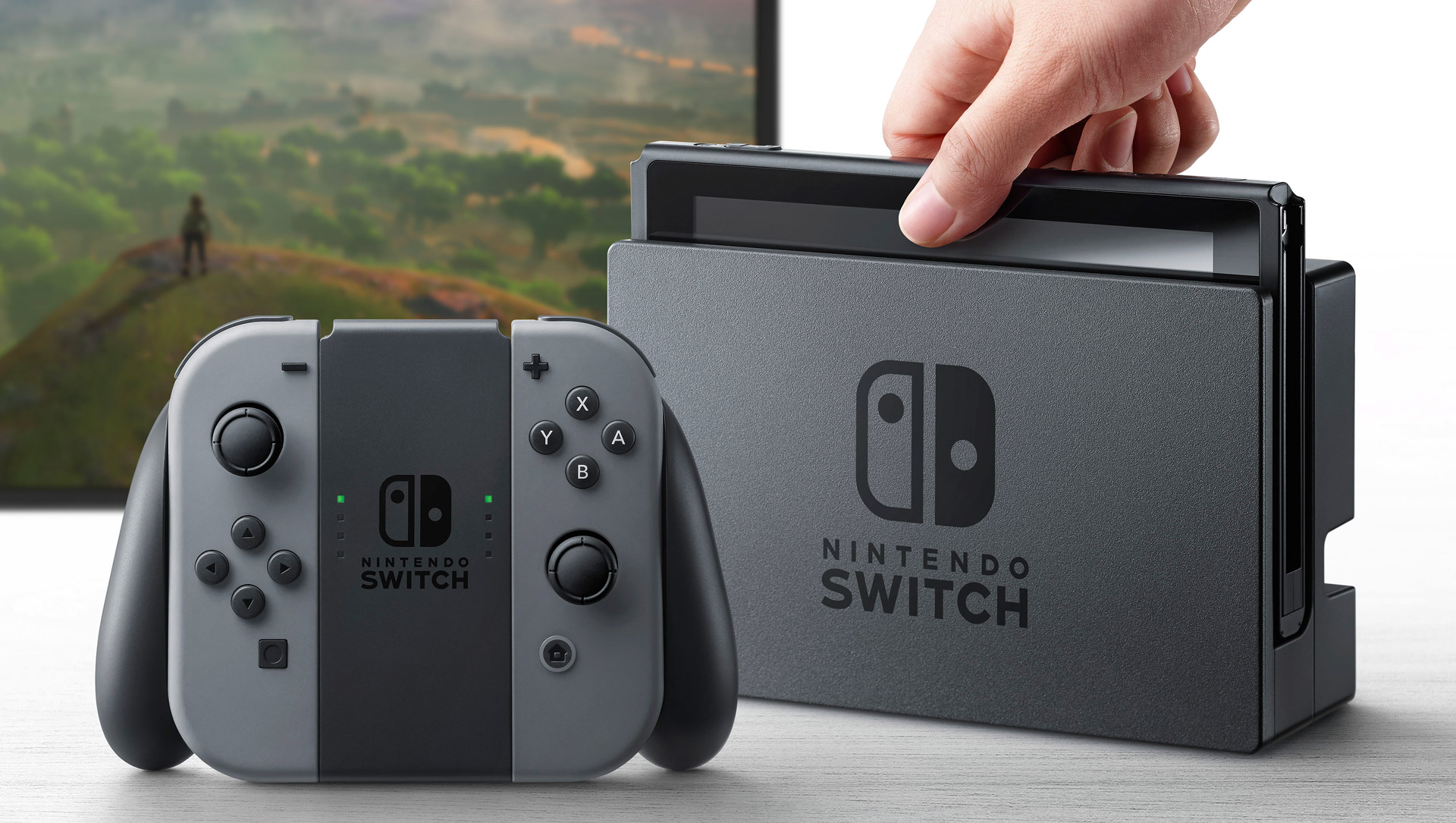


Don’t: Port games that can only work on Wii U Acclaimed Wii U games like Pikmin 3 and ZombiU would lose a small amount of functionality when played with a traditional control scheme, but the transition wouldn’t be impossible - in fact, ZombiU successfully made its way to Xbox One and PlayStation 4 as Zombi, though it no longer featured the Wii U’s tense dual-screen gameplay. The Switch might look like the strangest console Nintendo has ever produced, with its built-in screen and removable controllers, but its control schemes are all remarkably “traditional.” Face buttons, a d-pad, dual analog sticks, and shoulder buttons allow for games to be played much like they would be on the Xbox One or PlayStation 4 - but unlike those systems, these games can be taken on the go. Do: Prioritize traditional control schemes While motion could arguably replicate the act of blowing into the Gamepad’s microphone - as is required at certain points in the game - simply switching to a traditional button press would suffice. The Wii U also made use of a built-in microphone for controlling games, particularly 2013’s Super Mario 3D World. It’s a small concession, but it’s one that ultimately makes the majority of the game easier to navigate. Instead, Nintendo and its teams shouldn’t be afraid to relegate much of this information to a pause menu, as we saw with the Switch and Breath of the Wild. While it might be tempting for developers to jam all this information on the Switch’s screen at once, it may be too much for players to take in at once. Developers rarely deviated from the basics use-cases for a second screen, such as maps and menus. Unfortunately, this concept was not used successfully very often.

The Wii U GamePad’s touchscreen, gyroscope, and microphone, when coupled with a traditional television set, allowed for games to not only feature multiple control inputs, but also allowed for twice the screen real-estate, as different images could be displayed on the television and GamePad screen.
#Wii u games not on switch pro#
Bayonetta 2, for instance, made use of the touchscreen for special attacks, which could be mapped to particular controller movements on the Switch Joy-Cons or Pro Controller, instead. We see potential in these motion controls to help replicate some of the touchscreen functionality originally seen on Wii U games. In Breath of the Wild, this means that Link can line up the perfect shot with is bow regardless of whether or not the system is docked. With the Switch, the console itself can be placed in the dock without disabling motion functionality, which is found in both the included Joy-Con controllers as well as the more traditional Pro Controller setup. Motion control wasn’t the star of the touchscreen-centric Wii U, but the console’s ability to support Wii controllers allowed for fine-tuned aiming and other unique gameplay opportunities that weren’t possible on competing platforms. Here are the things Nintendo needs to do – and not do – when moving the Wii U library over to the Nintendo Switch. However, the company must make the right decisions when doing so – the Switch isn’t the Wii U, and failing to recognize their differences during development could lead to disaster. A number of other exclusive games are planned for 2017 like Arms and Splatoon 2, but, to help bolster the fledgling system’s game library in the interim, Nintendo would be wise to port its best Wii U games over to the new system. The Nintendo Switch is off to a fantastic start, with consoles sold out across the country and players engrossed in the amazing world of The Legend of Zelda: Breath of the Wild.


 0 kommentar(er)
0 kommentar(er)
